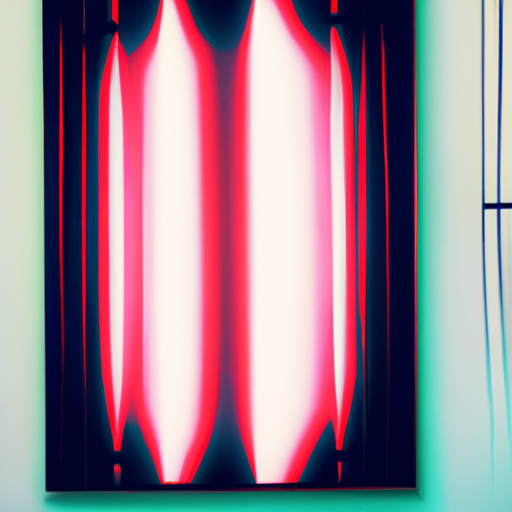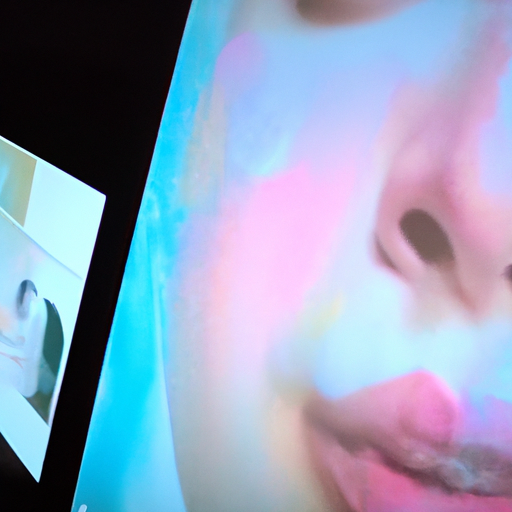
-
Table of Contents
- Designing with Texture: Exploring Different Mediums
- The Importance of Texture in Design
- Exploring Different Mediums for Texture
- 1. Digital Textures
- 2. Physical Textures
- 3. Typography and Lettering
- 4. Photography and Image Manipulation
- Case Studies: Texture in Design
- 1. Apple’s iOS Design
- 2. Coca-Cola’s Packaging
- 3. Nike’s Flyknit Sneakers
- Conclusion
Designing with Texture: Exploring Different Mediums

Texture is an essential element in design that can evoke emotions, create visual interest, and enhance the overall user experience. When it comes to designing with texture, there are various mediums and techniques that designers can explore. In this article, we will delve into the world of texture and explore different mediums that can be used to create visually compelling designs.
The Importance of Texture in Design
Texture plays a crucial role in design as it adds depth, dimension, and tactile qualities to visual elements. It can be both visual and physical, creating a multisensory experience for the viewer. Here are some reasons why texture is important in design:
- Visual Interest: Texture adds visual interest to a design by breaking up monotonous surfaces and creating contrast.
- Emotional Impact: Different textures can evoke different emotions. For example, a rough texture may create a sense of ruggedness or strength, while a soft texture may evoke feelings of comfort or delicacy.
- Enhanced User Experience: Texture can enhance the user experience by providing visual cues and making designs more interactive and engaging.
Exploring Different Mediums for Texture
There are numerous mediums that designers can use to incorporate texture into their designs. Let’s explore some of the most popular ones:
1. Digital Textures
Digital textures are created using software and can be applied to various design elements such as backgrounds, illustrations, and typography. They can mimic the look and feel of physical textures, adding depth and visual interest to digital designs. Digital textures can be created from scratch or sourced from online libraries and resources.
For example, a web designer may use a digital texture to create a background that resembles the texture of a brick wall. This adds a sense of realism and depth to the design, making it more visually appealing.
2. Physical Textures
Physical textures are tangible and can be felt through touch. They can be incorporated into design through various mediums such as paper, fabric, wood, metal, and more. Physical textures can be used in print design, packaging, product design, and even in digital design through the use of photography or scanned textures.
For instance, a packaging designer may use a textured paper to create a tactile experience for the consumer. The texture of the paper can convey the quality and uniqueness of the product, making it more appealing and memorable.
3. Typography and Lettering
Typography and lettering offer a unique opportunity to incorporate texture into design. By manipulating the shape, form, and texture of letters, designers can create visually striking and expressive designs. Texture can be added to typography through various techniques such as hand-drawn lettering, distressed effects, or the use of textured fonts.
For example, a graphic designer may use a distressed texture on a bold headline to create a vintage or grunge look. This adds character and visual interest to the design, making it stand out.
4. Photography and Image Manipulation
Photography and image manipulation provide endless possibilities for incorporating texture into design. By capturing or manipulating images, designers can create visually compelling compositions that evoke a sense of texture. This can be achieved through techniques such as macro photography, overlaying textures onto images, or using filters and effects.
For instance, a fashion designer may use a close-up photograph of a fabric’s texture to showcase the intricate details and patterns. This adds a sense of luxury and craftsmanship to the design, enticing potential customers.
Case Studies: Texture in Design
Let’s take a look at some real-world examples of how texture has been effectively used in design:
1. Apple’s iOS Design
Apple’s iOS design is known for its sleek and minimalist aesthetic. However, even in their clean designs, Apple incorporates subtle textures to create depth and visual interest. For example, the iOS Notes app features a textured paper background, giving the digital interface a tactile feel and mimicking the experience of writing on real paper.
2. Coca-Cola’s Packaging
Coca-Cola’s packaging design often incorporates texture to enhance the consumer experience. The iconic glass bottle features embossed contour lines, creating a tactile sensation when held. This texture adds a sense of premium quality and craftsmanship to the product, making it more appealing to consumers.
3. Nike’s Flyknit Sneakers
Nike’s Flyknit sneakers are designed with a textured upper material that mimics the texture of woven fabric. This not only adds visual interest to the design but also enhances the performance of the shoe by providing breathability and flexibility. The texture of the material communicates the innovative and high-tech nature of the product.
Conclusion
Texture is a powerful tool in design that can elevate the visual appeal and user experience of a design. By exploring different mediums such as digital textures, physical textures, typography, and photography, designers can create visually compelling and engaging designs. Incorporating texture adds depth, dimension, and emotional impact to designs, making them more memorable and impactful.
Whether it’s a digital interface, packaging, or a physical product, texture can be used to create a multisensory experience that captivates the audience. So, next time you embark on a design project, consider the power of texture and how it can enhance your creations.
